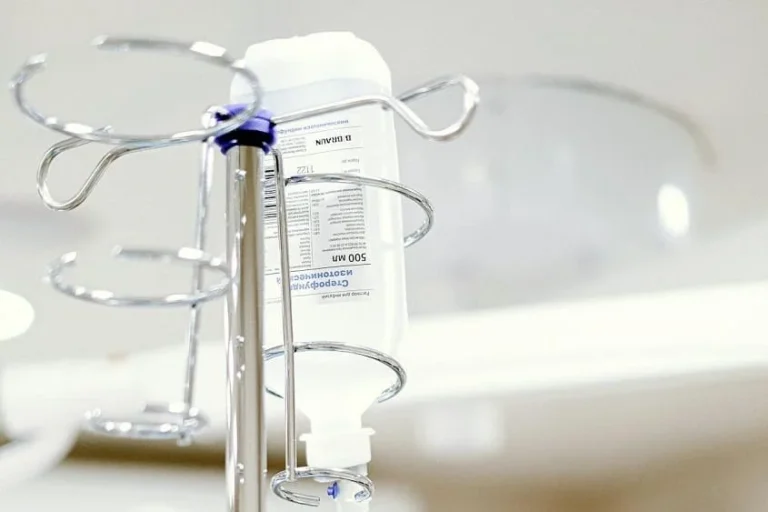Browsing: List of Diseases, Conditions & Syndromes (A-Z Index)
The page provides quick access to a list of common diseases, syndromes, health conditions, and other topics of health importance. The list is organized alphabetically. Links are provided to respective disease sections that serve as a comprehensive and ultimate guide about the disease or health condition.
A
B
Benign Prostate Enlargement Or Benign Prostatic Enlargement (BPE)
Benign Prostatic Hyperplasia (BPH)
Blood Sugar Chart/Blood Glucose Chart
C
D
E
F
G
H
I
J
K
L
M
N
O
P
R
S
T
U
V
X
Doctor’s Note Online: How to Get One Without Visiting a Clinic
Getting a medical note online might sound too good to be true but it’s a remarkably simple and secure process…
Choosing the Right Hospice Agency: What Families in Upland Should Know
A family member entering hospice care represents a massive transitional period in the family dynamic. Many families struggle with feeling…
What Is IV Therapy?
IV (intravenous) therapy is a way of delivering fluids, medication or nutrients directly into the bloodstream. This allows for fast…
From Rehab to Resilience: How Pilates Supports Recovery and Strength
When you’re recovering from an injury or managing ongoing pain, it’s easy to feel stuck. You might want to rebuild…
How Healthcare Keynote Speakers Are Shaping the Future of Preventive Medicine
A sea change is taking place in how individuals view their health. Across America, people are finding information sources that…
Handling chronic diseases like diabetes, heart disorders, and COPD requires more than just medication; it demands a well-orchestrated approach to…
Tackling the Nurse Shortage in High-Demand Fields Like Oncology
The global healthcare system faces an escalating crisis of a severe shortage of nurses. This issue is particularly critical in…
How to Manage Chronic Conditions With Healthy Lifestyle Choices
Living with chronic conditions can be overwhelming, but choosing a healthier lifestyle can significantly impact your daily life. Simple changes…
Aging brings a unique journey of independence that can be empowering yet also a little overwhelming at times. One concern…
How Nurses Are Adapting to the Evolving Demands of Modern Healthcare
Modern healthcare is rapidly changing, driven by aging populations, emerging technologies, and increasingly complex patient needs. In response, nurses are…













